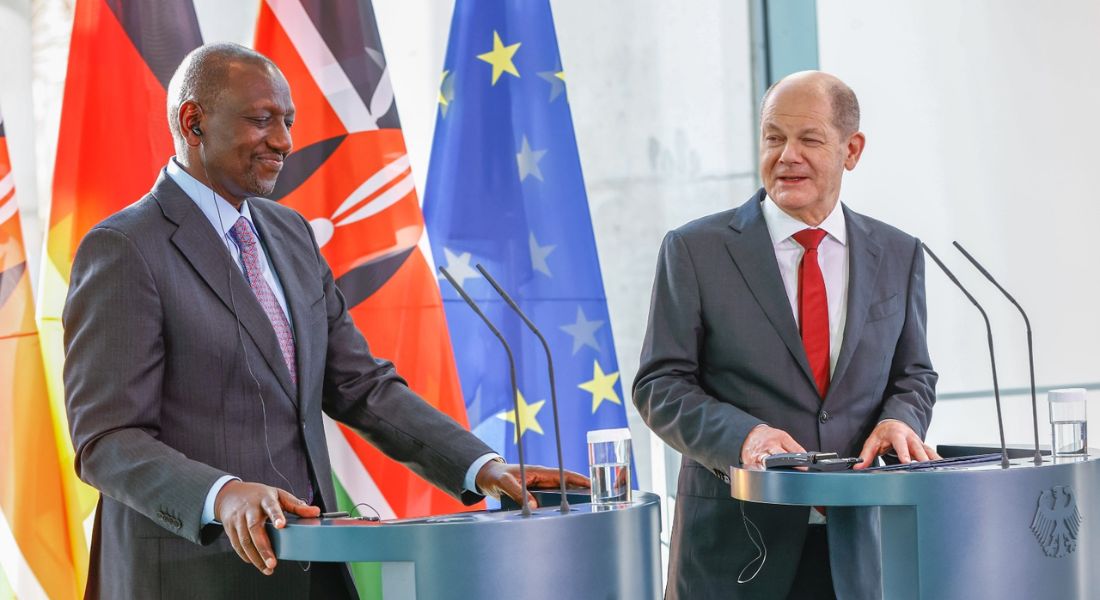“Africa is the next big market in renewable Energy and is positioned as a strategic development partner for energy transition with the European market”, Kenya’s President William Ruto has said.
The East African leader made the remarks at his opening speech at the Berlin Energy Transition Dialogue (BETD).
He said all that the continent needs is the right type and amount of investment capital to become the green industrial powerhouse of the world.
“With the right level of investment, Africa can provide energy access for all by 2030 while reducing total emissions related to energy generation by approximately 80 percent,” Ruto said at the conference hosted by the German government.
He pointed out that Africa is home to between 30 to 40 percent of the world’s raw materials needed for the energy transition, but hasn’t realized much due to existing trade barriers.
Africa’s Renewable Energy potential
Furthermore, the Kenyan leader challenged the planned EU carbon border adjustment mechanism (CBAM) to encourage low-emissions production from the continent.
“Africa should position to serve European demand for products and services: and not to be locked out through trade barriers.”
The EU could enhance innovative financing by using more high-quality African carbon credits in EU emission trading markets, which offer core benefits such as increased biodiversity and improved livelihoods.
Again. Ruto called for cooperation in ensuring support for the places that are doing the difficult work of protecting nature, making finance more easily available, accessible, and affordable, while increasing debt limits.
“The continent of Africa is probably going to be the most important partner for Europe in terms of developing the renewable energy sector.”
Kenya’s green energy position
According to the President, Kenya’s national grid is small at just 3 Giga Watts – yet 92 percent of the power on it comes from zero-carbon sources like geothermal, hydro, wind, and solar.
He said the country aspires to reach 100 percent renewable by 2030 – and to take a quantum leap to 100 GW grid size, 100 percent renewable, by 2040.
“That is possible thanks to our untapped potential of nearly 78 GW of solar energy, over 57 GW of wind energy, at least 10 GW of geothermal energy, and 6 GW of hydro.”
At the same time, Germany is trying to diversify its import partners and reduce dependencies, especially in the energy and raw materials sectors.
“We can’t repeat the same mistakes we committed in the past,” foreign minister Annalena Baerbock said, referring to Germany’s dependence on Russian fossil fuels.
Following Russia’s invasion of Ukraine, Germany re-evaluated its dependencies on raw materials and supply chains.
Global energy disruption
The president of the European Investment Bank (EIB), Werner Hoyer, said in February that closer cooperation on renewables and green hydrogen would benefit Europe and Africa.
“Europe would gain access to enormous wind and solar energy resources, Africa in return would gain access to state-of-the-art energy generation technologies that could largely spare the continent the CO2 emissions and air pollution of the fossil age,” said Hoyer.
Germany announced a new ‘Africa strategy’ in January this year, which focuses on building framework conditions to foment the creation of new jobs – especially in the areas of renewable energy, climate protection, sustainable agriculture, and health and support a socio-ecological transformation of the economy in Africa.


